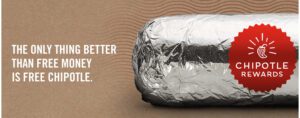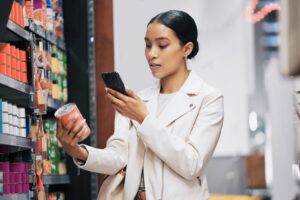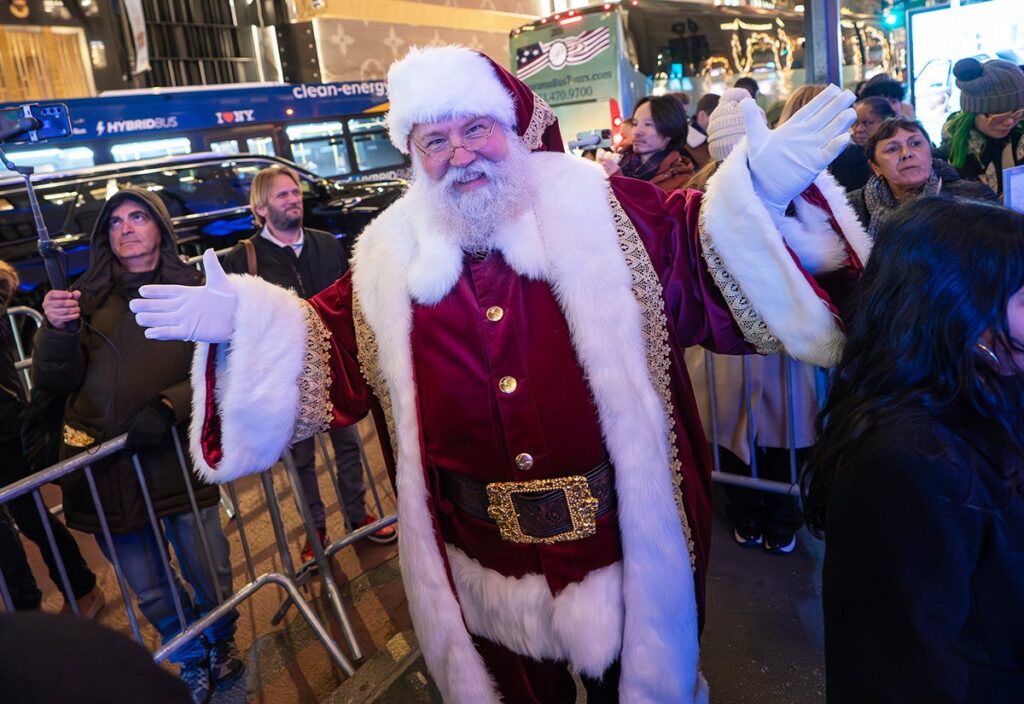
For decades, brands competed on price, product, place and promotion. More recently, marketers have gone toe-to-toe using carefully-crafted predictive customer journeys. Now, the new arena is mobile customer experience (CX).
Consider that 65 percent 65% of customers find a positive experience with a brand to be more influential than great advertising. It’s more important today to quickly provide customers with the precise services or information they need than almost anything else. This evolution in competitive mindset isn’t just for upstart industry disruptors—it’s critical to established brands of every size. Consider that East Coast filling station Speedway and heartland grocer Hy-Vee have moved to the forefront of payment convenience with mobile wallet services powered by Apple Pay.
Indeed, regional and national players are looking to stay technologically ahead because once consumers experience something great, no matter the industry, format or channel, they expect it everywhere. So much of innovative customer experience centers on mobile, and for good reason: By the end of this year, Forrester estimates that 86 percent of the U.S. population will own at least one smartphone.
It takes 12 good brand experiences to make up for one bad one, so taking care when designing your mobile CX strategy is important. Here’s four brands that are getting it right.
Subway Takes SMS to the Next Level
Text messages have seen a resurgence because brands experience unusually high engagement rates with the channel. Millennials actually prefer communicating with brands over text (SMS) more than any other channel. The next generation of SMS is rich communication services, or RCS, a buzzy technology that will rapidly replace today’s plain texts with rich imagery and interactive customer experiences. RCS is projected to be a $74 billion industry by 2021.
Subway, with 5 million customers on its text message list, has been testing RCS to send promotions with detailed images such as menu items and maps for the nearest store as well as multimedia. The fast-food retailer’s RCS system also offers AI-powered chatbots to assist customers in ordering their meals with a few clicks. As a result, Subway benefited from a 144% increase in redemption rate compared to the same promotion employing basic SMS.
Other brands are seeing success with RCS: A RCS pilot by Vodafone saw 40 percent click-through rates (CTR) and also used fallback to SMS if the consumer couldn’t receive RCS. That’s impressive compared to the industry CTR average for display ads, 0.35 percent.
You May Also Enjoy:
- Cole Haan Launches Mobile and Social First Video Series With Forbes
- Five Ways to Get Obsessed With Customer Experience
- New Chipolte Rewards Program Debuts With $25,000 Giveaway
Chipotle Goes to Lunch with Venmo
For a week in mid-March, Chipotle teamed up with peer-to-peer payment mobile app Venmo, surprising burrito-eating consumers by depositing between $1 and $500 in their digital wallets. Via push notification or email, 25,000 people a day were alerted that virtual cash had been awarded to their Venmo account. Chipotle also became the first restaurant brand to have its own emoji—a hot pepper—on Venmo that was utilized for sharing payments. Venmo users, who skew young, often split up lunch or dinner costs via the app.
The digital wallet and emoji aspects underscore savviness: Chipotle was clearly targeting millennials and Gen Z, which should be the brand’s key demographic after losing ground with those groups last year. What makes the ideas smart is that these young adults greatly prefer Venmo over Paypal or old-fashioned cash, and they love emojis. Chipotle is delivering the experience they want and expect.
Burger King’s Mobile Caffeine Buzz
On March 15, Burger King’s mobile app began testing the offer of one coffee every day for five bucks a month. Burger King sends daily reminders via push notification, text message and email. With the price of a large BK coffee in mind ($1.79), if you order a cup every day, that price comes out to be about 30 cents per day. Not too shabby.
Bigger picture: Burger King is bringing the direct-to-consumer subscription model—most often seen in fashion retail with brands like Rent the Runway of Stitch Fix—to cups of java. What’s more, this test is a smart way to see if Burger King can steal young adult coffee drinkers from Starbucks and Dunkin’. The price is right compared to the competition, and it’s mobile-minded and convenient—all of which should appeal to millennials and Gen Y.
Foot Locker Steps Up With VR Scavenger Hunt
Foot Locker made an incredible revenue rebound by the end of last year. The New York-based retailer’s executives pin their turnaround on partnering with D2C brands like Rockets of Awesome and Super Heroics. Foot Locker focused on mobile marketing during Q4 and lifted sales among sneakerheads, specifically with fans of LeBron James and his latest team, the Los Angeles Lakers.
On the first day of the NBA season, October 20, Foot Locker ran a VR-enabled, scavenger-hunt effort that first encouraged Los Angeles area consumers to download the brand’s app and enable push notifications or SMS messages for the mobile game. Players were directed to locations around Tinsel Town to unlock AR clues and earn the chance to be among the first to buy the LeBron 16 King “Court Purple” sneakers. The shoe sold out in less than two hours, and the purchasers aren’t likely to forget the experience anytime soon.
Mike Stone is svp of marketing at Airship.




